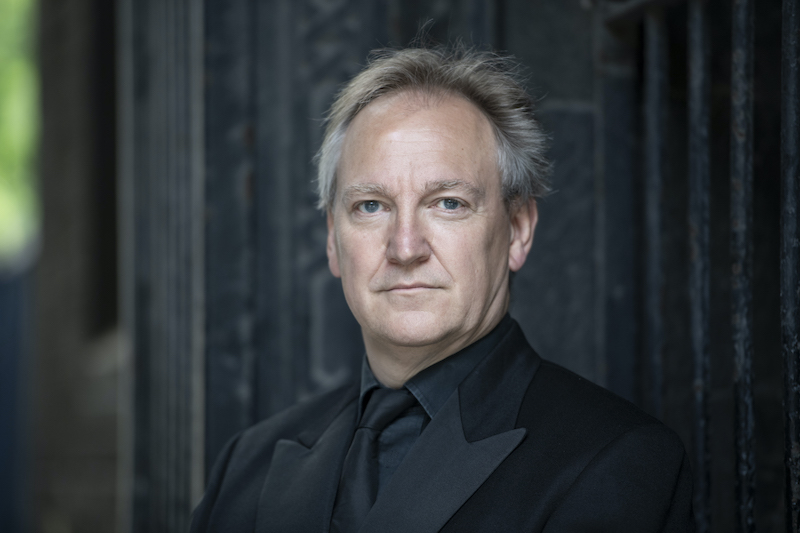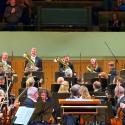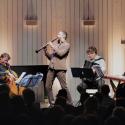This is the third time I’ve heard Path of Miracles live this year and I’d happily hear it another three times before Christmas. I reviewed the amateur Elysian Singers sing it in February, and the BBC Singers took it on for the first time in May – but last night’s triumphant version by Tenebrae was surely the best of the lot. This is a profound and moving piece, symphonic in its scope, surely one of the masterpieces of the recent choral repertoire, back where it started, with Tenebrae.
Joby Talbot's Path of Miracles, which describes the medieval pilgrimage to Santiago de Compostela, was the choir’s first major commission, premiered at the City of London Festival in 2005, and here it returns as part of Tenebrae’s 20th anniversary tour, which last night reached – and filled – St Martin-in-the-Fields in London. It was a notably young Tenebrae line-up – a positive sign of self-renewal – with only one survivor from the starry cast who made the first recording, tenor Jeremy Budd. But on this evidence – including the standing ovation at the end – the young singers currently making up the choir will surely go on to careers as notable as their predecessors. The choir’s mastermind, since the start, has been conductor Nigel Short (pictured above by Sim Cannetty-Clarke), whose technique is undemonstrative but clearly driven by a clear idea of the sound he wants. This is at times a wall-of-sound effect – the point in the opening movement where the choir first declaims “Herr Santiagu” from around the church was thrilling – sometimes light and airy, as in the third movement “Leon”, and at the end, warm and deeply consoling. It is difficult to pick out individuals from the ensemble, but low bass Jimmy Holliday’s dramatic first entrance, walking from the back of the church, was rich and stentorian in its subterranean depths.
The choir’s mastermind, since the start, has been conductor Nigel Short (pictured above by Sim Cannetty-Clarke), whose technique is undemonstrative but clearly driven by a clear idea of the sound he wants. This is at times a wall-of-sound effect – the point in the opening movement where the choir first declaims “Herr Santiagu” from around the church was thrilling – sometimes light and airy, as in the third movement “Leon”, and at the end, warm and deeply consoling. It is difficult to pick out individuals from the ensemble, but low bass Jimmy Holliday’s dramatic first entrance, walking from the back of the church, was rich and stentorian in its subterranean depths.
The performance had theatrical elements, with movement around the church, soloists popping up in the pulpit or the side-aisles, the groupings always changing. These were in keeping with the conceit of journeying that animates the piece and is also reflected in the music, from the optimistic tread of the first movement, to the darker, bleached harmonies of the hard miles in “Burgos”. The third movement, which Joby Talbot sees as a “Lux aeterna” starts with a gentle luminescence but builds to a piercing brightness.
The final movement ends with a meditation, reminiscent of Pärt perhaps, in which mobile phrases of different length fall in and out of sync. In the score this is repeated to nothing as the choir process out, suggesting a neverending journey. But last night Short chose to end on an ecstatic final resolution on the warmest of D major chords, a definite end, and a palpable sense of arrival. After a couple of frantic days of one-thing-after-another in the real world, Path of Miracles offered a welcome window into something slower, more considered, above everyday politicking, a glimpse of a wider horizon. “We have walked out of the lives we had”, runs the text, and so, briefly, had I.















Add comment